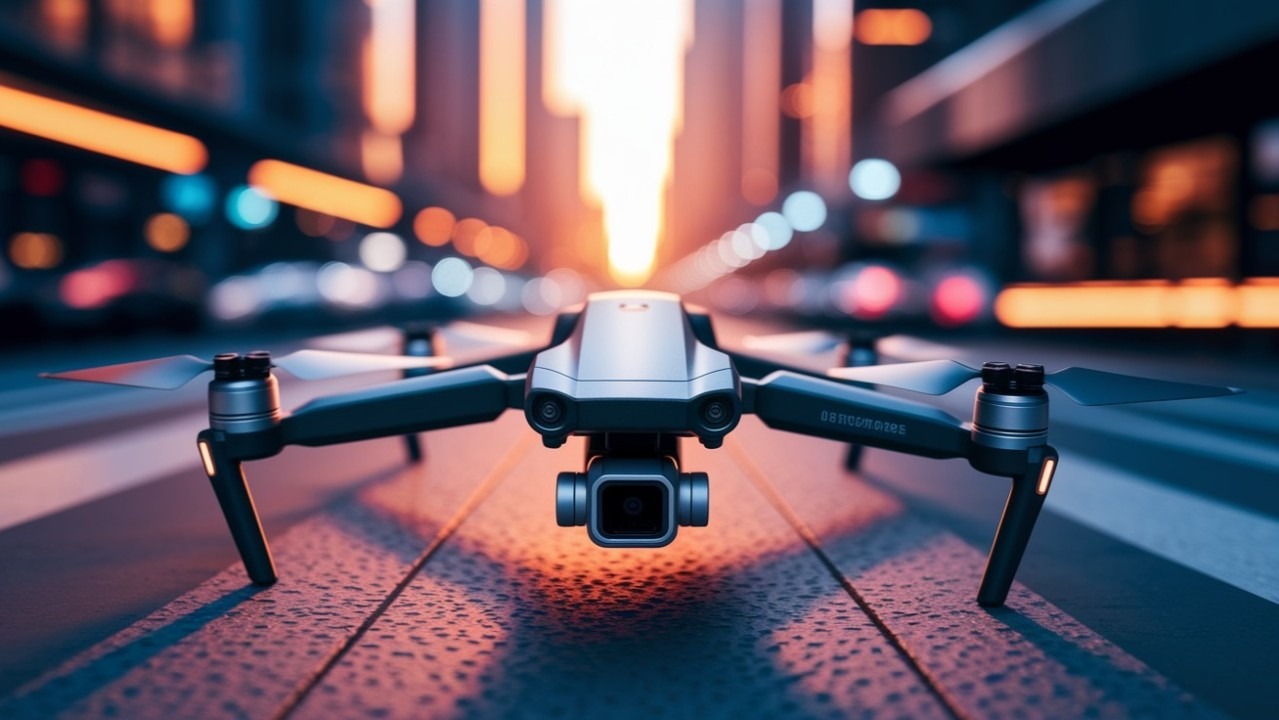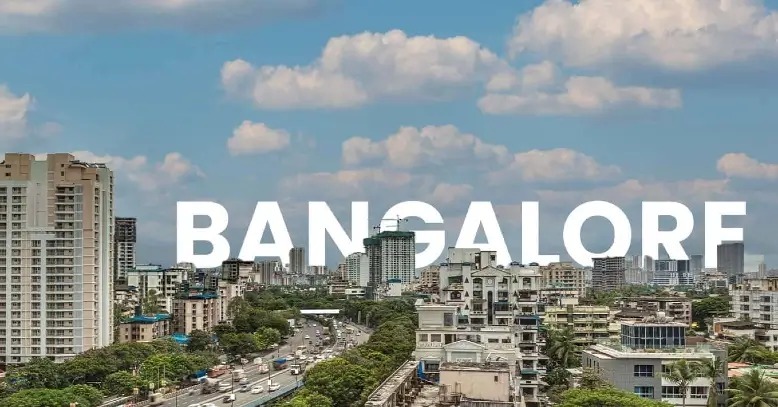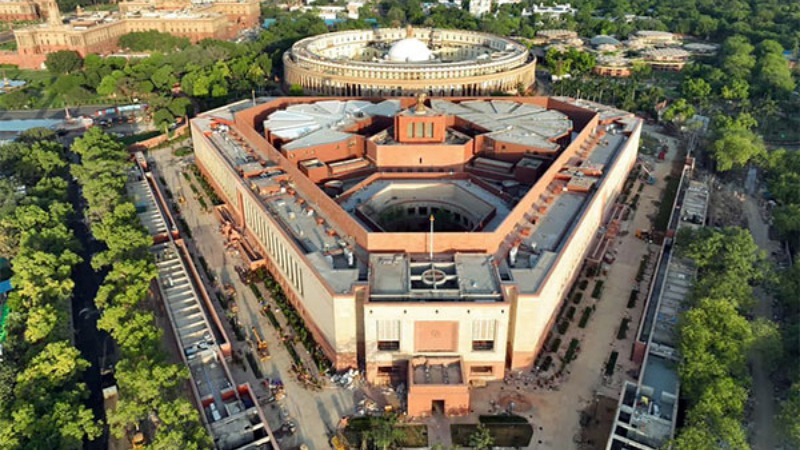
Follow WOWNEWS 24x7 on:

In a bold move to modernize its anti-narcotics strategy, the Indian government has unveiled a comprehensive plan to deploy artificial intelligence and drone technology to combat drug trafficking across the country’s porous borders and high-risk zones. The announcement, made in August 2025, signals a paradigm shift in how India intends to tackle the growing menace of narcotics, blending surveillance, predictive analytics, and real-time interdiction.
The initiative is part of a broader national security and public health framework, aligning with India’s digital transformation goals and its increasing reliance on autonomous systems for law enforcement and border control.
Key highlights from the announcement
- AI-powered drones will be deployed along key trafficking corridors, especially in Punjab, Northeast India, and coastal regions
- Machine learning algorithms will analyze satellite imagery, terrain data, and movement patterns to identify suspicious activity
- Real-time alerts will be sent to ground forces, enabling faster interception and reduced response times
- The Narcotics Control Bureau (NCB) will integrate AI tools to track digital footprints of drug networks across social media and encrypted platforms
- Facial recognition and anomaly detection systems will be used to monitor high-risk zones and repeat offenders
Why AI and drones are game-changers
Traditional narcotics enforcement has long struggled with delayed intelligence, manual surveillance, and limited reach in remote areas. AI and drones offer a leap in capability:
- Drones equipped with thermal imaging and night vision can operate in low-visibility conditions
- AI systems can process vast datasets from multiple sources—CCTV, mobile networks, satellite feeds—to detect patterns invisible to human analysts
- Predictive models can forecast trafficking routes based on historical data, weather, and geopolitical shifts
- Autonomous drones can track suspects across terrain without risking human personnel
Strategic deployment zones
The Ministry of Home Affairs has identified several hotspots for immediate deployment:
1. Punjab border zones, where drone swarms will monitor cross-border tunnels and drop points
2. Northeastern states like Manipur and Mizoram, which serve as transit hubs for synthetic drugs
3. Coastal belts in Gujarat and Tamil Nadu, where maritime smuggling is on the rise
4. Urban centers like Mumbai and Delhi, where AI will assist in tracking digital transactions and courier networks
Collaborations and capacity building
The initiative will be supported by partnerships with:
- DRDO and ISRO for satellite integration and drone hardware
- IITs and IIITs for algorithm development and AI ethics frameworks
- Private tech firms for cloud infrastructure and cybersecurity
- International agencies like INTERPOL and UNODC for cross-border intelligence sharing
Training programs for law enforcement personnel are already underway, focusing on drone piloting, data interpretation, and AI-assisted decision-making. The government also plans to introduce AI modules in police academies and forensic labs.
Challenges and ethical considerations
While the technology promises efficiency, it also raises concerns:
- Privacy risks from facial recognition and mass surveillance
- Potential misuse of autonomous systems without human oversight
- Legal ambiguities around AI-generated evidence in court proceedings
- Need for robust data protection laws and accountability mechanisms
Officials have assured that all deployments will adhere to constitutional safeguards and international norms. A dedicated oversight committee will monitor implementation and recommend course corrections.
Looking ahead
The government aims to reduce narcotics inflow by 40 percent over the next three years using tech-driven interventions. Pilot programs in Punjab and Mizoram have already shown promising results, with drone-led seizures increasing by 60 percent compared to last year.
As India embraces AI and drones in its fight against narcotics, it sets a precedent for other developing nations grappling with similar challenges. The fusion of technology and law enforcement may well redefine the future of public safety.
Sources: India Today, Times Now, Vajiram & Ravi, Hindustan Times.





